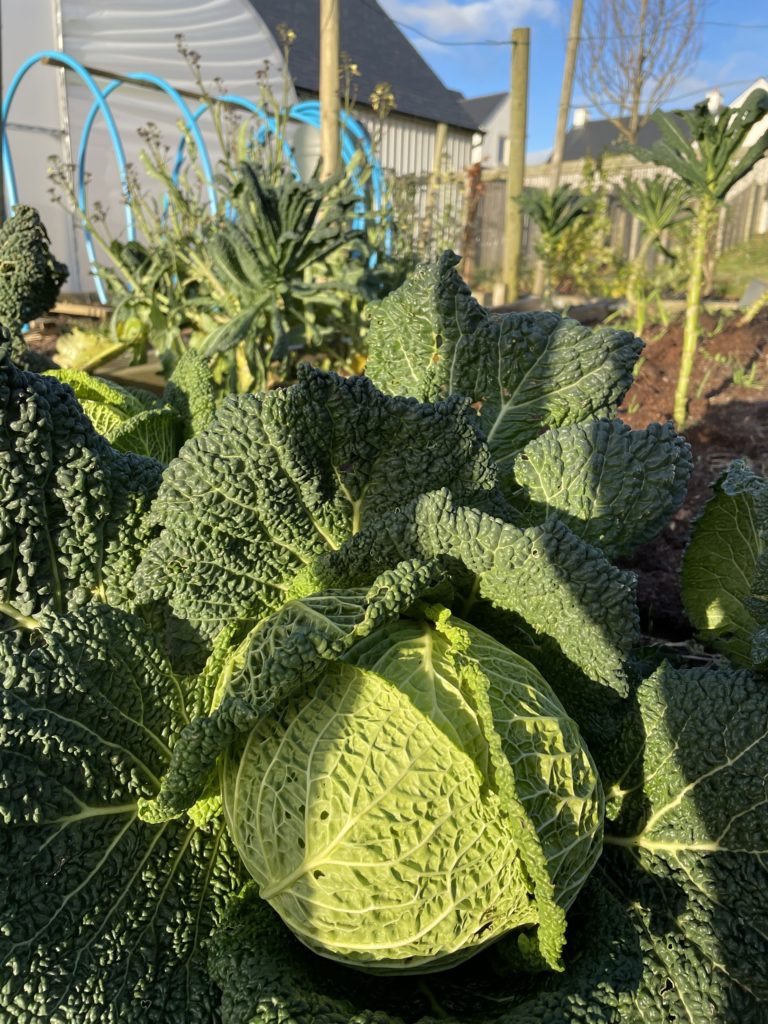Although stepping outside into the frosty cold may not be the most appealing idea, some time spent in the garden or an allotment will bring plenty of rewards come spring.
Here in Chapelton, members of the Cairnhill Community Allotment Association have been able to remain active on plots during COVID-19 and throughout the pandemic have found the green space an area for safe activity and wellbeing.
Some of the original plot holders may have given up their allotment sites but with plenty of enthusiastic new members joining, the waiting list continues to grow. Those keen to get green fingers can contact info@cairnhillallotments.uk to share their interest, but in the meantime here are some ways to keep your own garden or allotment flourishing this winter.
Prune for productivity
The colder months are great for maintaining allotments or fruit and veg patches. Use this time to prune blackcurrants, gooseberries and redcurrants to control their shape, size and increase their productivity.
Cut off the old foliage from strawberry plants to allow new leaves to come through. Cairnhill Community Allotment Association recommends cutting to about 10cm (4in) above the crown for the best results. Reduce pests and diseases by cleaning away the cut foliage or other debris from around the plants.
Keep up maintenance
Recently, the allotment association has been focusing on maintenance around the plots. Members have pruned the beech hedges around the perimeter fence and laid bark under the hedge to prevent weeds. Spring flowering bulbs have also been planted in areas around the site which will bring a lovely display of flowers in the coming months.
In addition, at the south end of the site, an area has been levelled with bark laid as preparation for a new seating area. A senior pupil at Mackie Academy was very helpful in making two picnic benches which are now in place – we can’t wait to put our feet up!
Create rich soil
It’s not too late to lift and divide large clumps of rhubarb, replanting the outer sections into soil enriched with well-rotted manure. Alternatively, select a large clump to force for an early crop in the spring.
Start planning
If it’s too cold to go outside, you can stay inside and plan a garden or allotment plot for next year. December and January are the traditional months for placing seed orders.
Thanks to the Cairnhill Community Allotment Association for their excellent tips and tricks.


